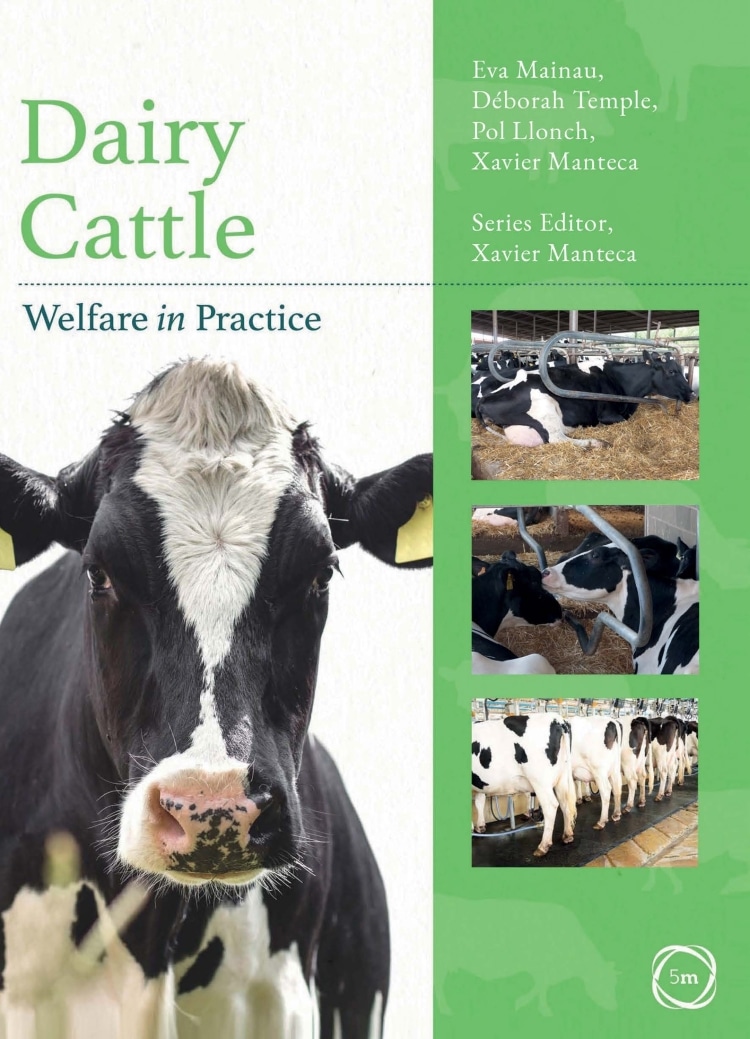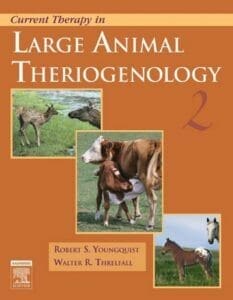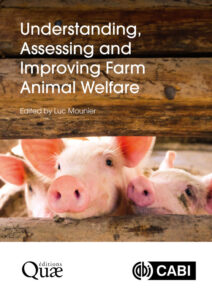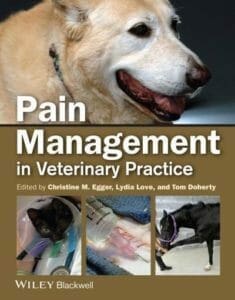Table of Contents:
1. What is animal welfare?
1.1 Characteristics of animal welfare
1.2 The Five Freedoms
1.3 Beyond the Five Freedoms
Bibliography
2 How can animal welfare be assessed?
2.1 Environment-based and animal-based measures
2.1.1 The Welfare Quality® protocols
2.2 Performance measures
2.3 Health measures
2.4 Physiological measures
2.5 Behavioural measures
Bibliography
3. Welfare issues related to feeding
3.1 Factors regulating feeding behaviour
3.2 Health and welfare problems derived from feeding
3.2.1 Chronic hunger and state of negative energy balance
3.2.2 Prevention of negative energy balance
3.2.3 Obesity
3.3 Impact of feeding behaviour on animal welfare and productivity
3.4 Feeding behaviour indicators
3.5 Sorting behaviour
3.6 Recommendations
3.6.1 Access to water
3.6.2 Access to feed
Bibliography
4 Welfare issues related to housing
4.1 Lying behaviour
4.1.1 Importance of lying behaviour
4.1.2 Main welfare problems related to housing
4.2 Thermal stress
4.2.1 Economic impact of heat stress
4.2.2 What does thermal stress mean?
4.2.3 How does heat stress affect high yield dairy cows?
4.2.4 Recommendations to reduce heat stress
Bibliography
5 Welfare issues related to health
5.1 General aspects of health
5.1.1 Identification of sick dairy cows
5.1.2 Hospital pens
5.2 Lameness
5.2.1 Lameness is a painful disease
5.2.2 Lameness causes production and economic losses
5.2.3 How to identify lameness
5.2.4 Prevention of lameness
5.3 Mastitis
5.3.1 Mastitis causes production and economic losses
5.3.2 Mastitis is a painful disease
5.3.3 Prevention and husbandry recommendations
5.4 Painful husbandry practices: dehorning and disbudding
5.4.1 Dehorning and disbudding are painful practices
5.4.2 Minimizing or managing pain when disbudding
Bibliography
6 Welfare issues and related to behaviour
6.1 Mixing animals and hierarchy
6.2 Competition for resources
6.3 Fear and the human-animal relationship
6.3.1 What is fear?
6.3.2 Prevention of fear through good human-cow interactions
6.3.3 Assessment of fear towards humans
Bibliography
7 Welfare at milking
7.1 Health problems related to milking
7.2 Indicators of stress during milking
7.3 Preventing stress during milking through good management routines
7.3.1 Moving the cows towards the waiting area
7.3.2 In the milking parlour
Bibliography
8 Welfare at drying-off and during the dry period
8.1 Pain and discomfort caused by udder engorgement at drying-off
8.1.1 Factors affecting pain and discomfort at drying-off
8.1.2 Indicators of pain and discomfort at drying-off
8.1.3 Methods of measuring udder engorgement and udder pressure
8.2 Increased risk of mastitis
8.3 Restricted access to feed and water at drying-off
8.4 Aggressive interactions and competition between dry-cows
8.5 Recommendations on husbandry and pain management
Bibliography
9 Welfare during the peripartum period
9.1 Calving is a painful and stressful process
9.2 Behavioural changes during normal calving
9.3 Difficult calving
9.3.1 Behavioural changes during difficult calving
9.4 Health and productive consequences of calving
9.4.1 Consequences for the cow
9.4.2 Consequences for the calf
9.5 Prevention and management recommendations
Bibliography
10 Welfare of calves until weaning
10.1 Importance of sucking behaviour
10.2 Problems related to housing
10.3 Problems related to feeding
10.3.1 Colostrum
10.3.2 Milk
10.3.3 Water
10.3.4 Starter concentrate and fibre
10.4 Problems related to health
10.4.1 Diarrhoea
10.4.2 Pneumonia
10.4.3 Prevention and treatment
10.5 Stress at weaning
Bibliography
Index

















![Ettinger’s Textbook of Veterinary Internal Medicine 9th Edition [PDF+Videos] Ettinger’s Textbook of Veterinary Internal Medicine 9th Edition [True PDF+Videos]](https://www.vet-ebooks.com/wp-content/uploads/2024/10/ettingers-textbook-of-veterinary-internal-medicine-9th-edition-100x70.jpg)
![Textbook of Veterinary Diagnostic Radiology 8th Edition [PDF+Videos+Quizzes] Thrall’s Textbook of Veterinary Diagnostic Radiology, 8th edition PDF](https://www.vet-ebooks.com/wp-content/uploads/2019/09/textbook-of-veterinary-diagnostic-radiology-8th-edition-100x70.jpg)





